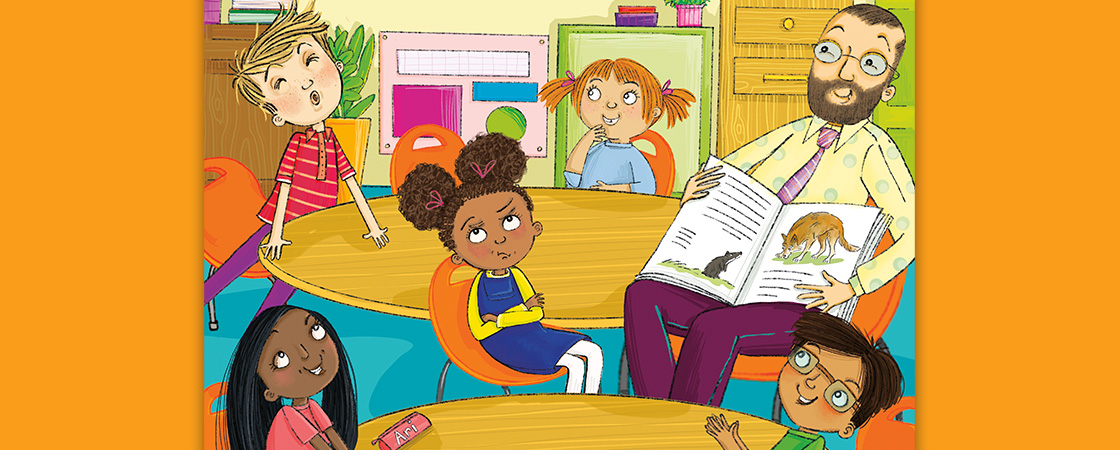I’m having a really, really great day. There’s cheesy bread on the menu for lunch. My best friend, Ari, and I saved a worm at recess. (We love animals.) And our teacher, Mr. Chen, just announced that we’re taking a class trip to the zoo next week!
“I can’t wait!” I whisper to Ari.
“Willa, pay attention,” Mr. Chen tells me. “Before our trip, we’re going to work on an animal project. You’ll be working with partners.”
I reach for Ari’s hand and we smile at each other. We’re going to be partners, obviously. Ari is exactly like me. We both like purple. We both like sour candy. And last year, we were always partners. Now we get to work on an animal project together!
See what I mean about it being a really, really great day?

